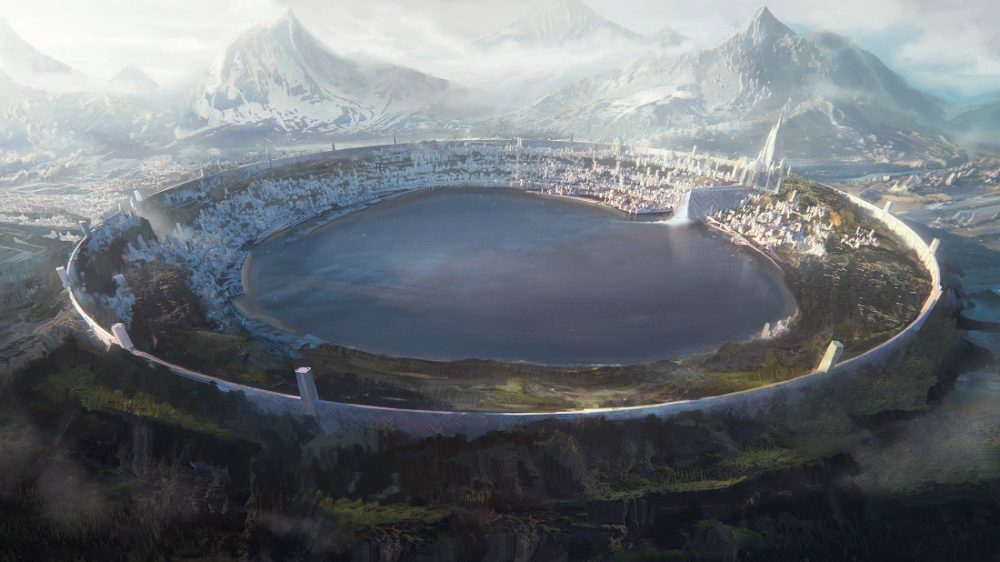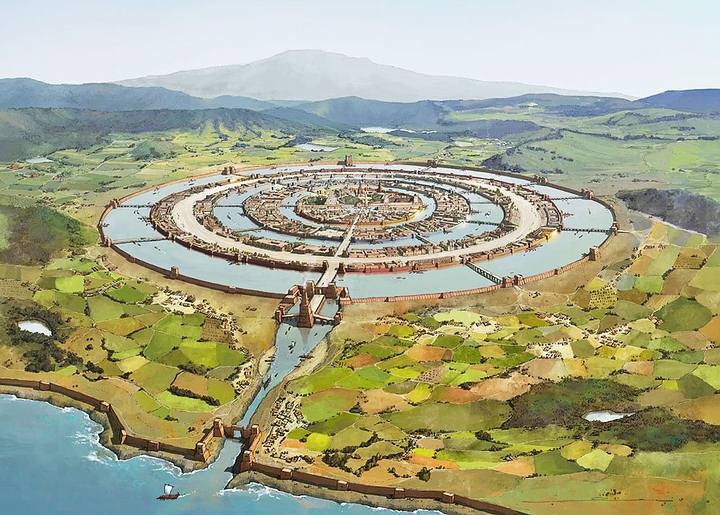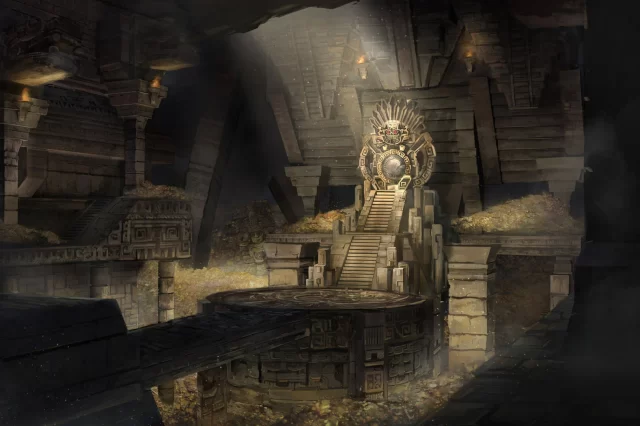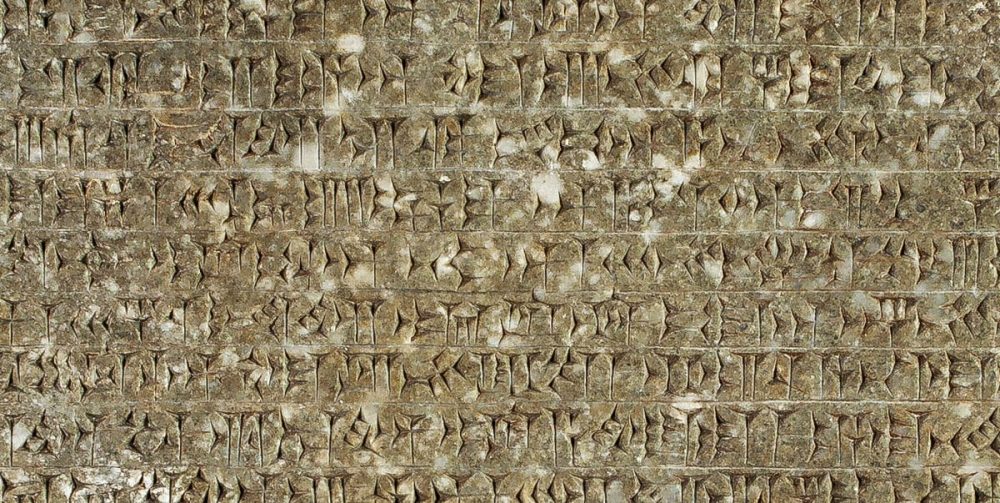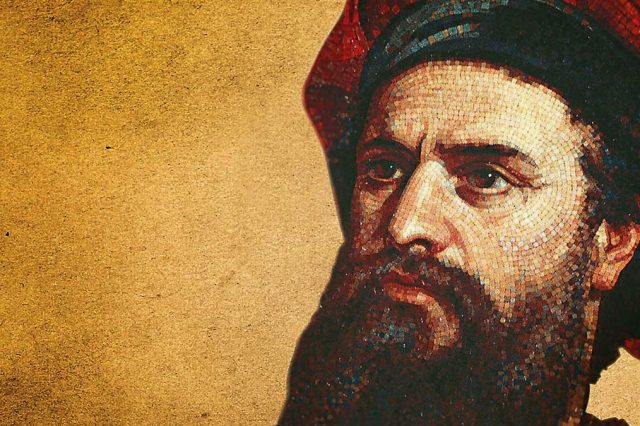Hyperborea is considered the mythical home of the Gods, the land to the 'north' and the rival of Mighty Atlantis.
Legends, myths, and ancient texts suggest that before written history, ancient civilizations existed around the globe. One such civilization, according to myths and legends, developed in Hyperborea, a land mentioned by several authors in classical antiquity. Their history and existence are shrouded in mystery, and their true origin is engulfed in legend.
One of the most fascinating stories is that of Hyperborea’s land, which was said to rival the mythical Atlantis. It was the home of the gods and a place of great interest for ancient Greek historians. In this article, we’ve gathered 30 fascinating points about Hyperborea that you shouldn’t miss.
Hyperborea was a mythical land inhabited by a race of giants. To the Greeks, these mighty beings lived in a land “beyond the North Wind.” Pindar, a Greek poet, described the Hyperboreans’ otherworldly perfection in vivid detail.
Greek historians were convinced that Boreas, the God of the North Wind, lived in a land called Thrace, and Hyperborea was a region located far to the north of Thrace. According to Pausanias, “The land of the Hyperboreans, men were living beyond the home of Boreas.” Hyperborea was first identified with Britain by Hecataeus of Abdera in the 4th century BC.
Hecataeus of Abdera also described how the Hyperboreans constructed a “magnificent sacred precinct of Apollo and a notable temple adorned with many votive offerings and spherical in shape” on their land. Curiously, some scholars have identified this temple with Stonehenge. Greek lyric poet Alcaeus (600 BC) sang of Apollo’s actual or mystical journey to the land of the Hyperboreans.
The descriptions of Hyperborea suggest it was a perfect land where the sun shines twenty-four hours a day. During the Midnight-Sun time of the year, the sun remains visible at the local midnight. This description has led some authors to suggest that Hyperborea may have been an area of land referred to in ancient times, located somewhere within the Arctic Circle.
According to ancient accounts of Hyperborea, the sun supposedly rose and set only once a year in Hyperborea. Certain esoteric belief systems and spiritual traditions suggest that Hyperborea was civilization’s terrestrial and celestial beginning. It was considered the original home of the gods, and some authors even suggest it may have been the original Garden of Eden, where earthly and heavenly planes meet.
Madame Blavatsky, the founder of the Theosophical Society, claimed that the ‘second root race’ originated in Hyperborea before the later races of Lemuria and Atlantis. The earliest source mentioning the mighty land of the Hyperboreans in detail appears in Herodotus’s Histories (Book IV, Chapters 32-36), dating from circa 450 BC. Despite Hyperborea’s description appearing in Herodotus’s Histories (Book IV, Chapters 32-36), the Greek author recorded three earlier sources that supposedly mentioned the Hyperboreans, including Hesiod and Homer, the latter purportedly having written of Hyperborea in his lost work Epigoni.
Herodotus also wrote that the 7th-century BC poet Aristeas wrote of the Hyperboreans in a now-lost poem called Arimaspea about a journey to the Issedones, estimated to have lived in the Kazakh Steppe. However, Hyperborea was mentioned by a number of Herodotus’s contemporaries, including Pindar, Simonides of Ceos, and Hellanicus of Lesbos, during the fifth century BC.
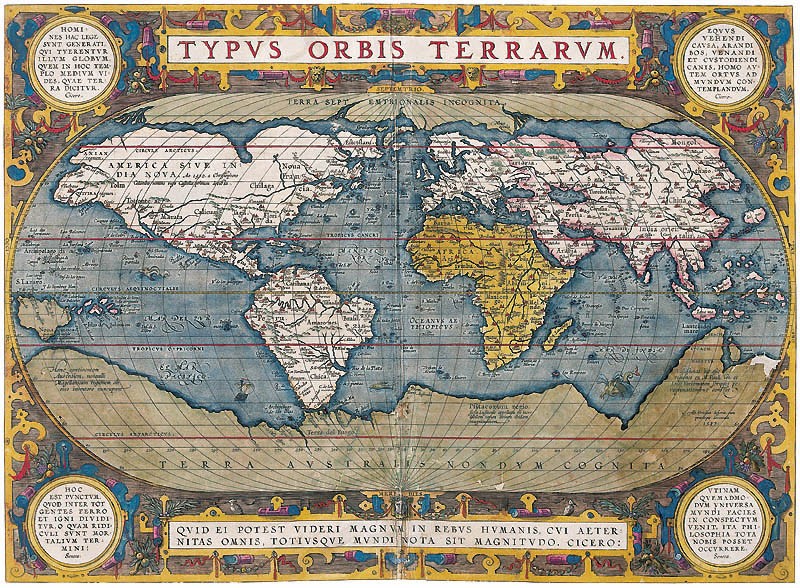
Despite Hyperborea’s exact location remaining a profound mystery, many early authors suggested that the Hyperboreans lived somewhere beyond the snowy Riphean Mountains. The exact location of these mountains remains unknown. They were mentioned by classical antiquity authors such as Apollonius of Rhodes, Aristotle, Hecataeus of Miletus, Hippocrates, Ptolemy, and Plutarch, but their location was never revealed, leading modern authors to suggest these mountains were part of a larger myth.
During the 2nd century AD, Stoic philosopher Hierocles suggested that the Hyperboreans were connected to the Scythians and that the Riphean Mountains were, in fact, the Ural Mountains. Curiously, the Ural Mountains in Russia are home to several massive, ancient structures.
Thanks to descriptions given by Strabo, Hyperborea was depicted as a peninsula or land located somewhere beyond modern-day France, stretching further north-south than east-west. Hyperborea was one of several terrae incognitae, along with Thule, where many ancient writers reported that people had extremely long lives (up to one thousand years) and enjoyed a life full of happiness.
John G. Bennett, a British mathematician, scientist, technologist, industrial research director, and author, wrote a research paper called “The Hyperborean Origin of the Indo-European Culture” (Journal Systematics, Vol. 1, No. 3, December 1963), where he claimed that the Indo-European homeland was located in the far north, which he considered the Hyperborea of classical antiquity.
According to classical Greek poet Pindar, “…neither by ship nor on foot would you find the marvelous road to the assembly of the Hyperboreans…” Ancient Greek legends tell us that the Boreades, who were the descendants of Boreas, created the first theocratic monarchy in Hyperborea. This legend is well-preserved in the work of Aelian, a Roman author and teacher of rhetoric, who wrote, “This god [Apollo] has as priests the sons of Boreas [North Wind] and Chione [Snow], three in number, brothers by birth, and six cubits in height [about 3 meters].”
The Boreades were believed to be giant kings, around 10 feet (3.0 m) tall, who ruled Hyperborea. Other than being alleged giants, there aren’t any other physical descriptions of the Hyperboreans.
Featured Image Credit: Leon Tukker. Used with permission.
PLEASE READ: Have something to add? Visit Curiosmos on Facebook. Join the discussion in our mobile Telegram group. Also, follow us on Google News. Interesting in history, mysteries, and more? Visit Ancient Library’s Telegram group and become part of an exclusive group.

